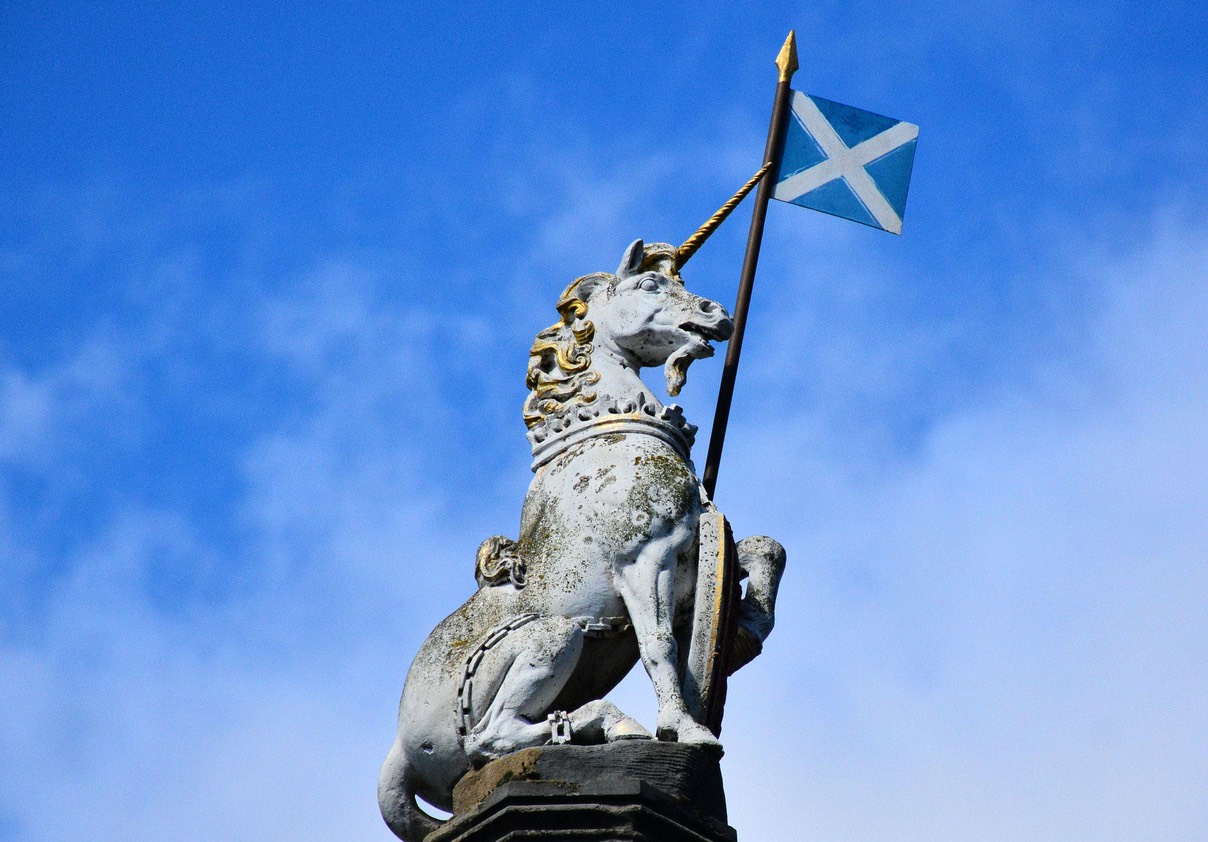
Discover the captivating tale behind Scotland's choice of the unicorn as its national animal. Unravel the perplexity and burstiness of this decision and explore the historical roots, symbolism, and significance of this mythical creature in Scotland's rich heritage.
The Enigmatic Choice: Scotland and the Unicorn as its National Animal
Scotland, a land of misty glens, rugged mountains, and rich folklore, is a country steeped in history and traditions. Among the many symbols and emblems that represent this beautiful nation, one stands out as truly unique and enchanting - the unicorn. In this blog post, we will delve into the fascinating history behind Scotland's choice of the unicorn as its national animal, exploring the perplexing and captivating aspects of this legendary creature.
The Mythical Unicorn:
The unicorn, a majestic and elusive creature, has captivated human imagination for centuries. Often depicted as a horse-like animal with a single twisted horn on its forehead, the unicorn symbolizes purity, grace, and strength. Its association with Scotland dates back to the 12th century when it was first used on the Scottish royal coat of arms.
Scotland's Choice:
To understand why Scotland chose the unicorn as its national animal, we must delve into the perplexity and burstiness of this decision. The perplexity lies in the choice of a mythical creature, rather than a real animal, which sets Scotland apart from most other nations. This choice reflects Scotland's rich storytelling tradition and its penchant for the extraordinary.
The burstiness of this decision comes from the dual nature of the unicorn itself. In some legends, unicorns were untamable and fierce, while in others, they were gentle and protective. This duality mirrors the complexity of Scotland itself, a land of contrasts and diverse landscapes, where tradition meets innovation.
Historical Roots:
The unicorn's association with Scotland can be traced back to William I, who ruled from 1165 to 1214. He was known as "William the Lion," and he adopted the unicorn as a symbol of strength and purity, adding it to the Scottish coat of arms. The lion and the unicorn became powerful symbols of the country's unity, representing the strength of the monarchy and the purity of the realm.
Over time, the unicorn became a recurring motif in Scottish art, literature, and culture. The Scottish Royal Banner, known as the "Lion Rampant," features both the lion and the unicorn, emphasizing the harmony between the two powerful creatures.
The Significance of the Unicorn:
Scotland's choice of the unicorn as its national animal is a testament to the country's enduring sense of individuality and pride. While many countries opt for animals native to their lands, Scotland embraces a mythical creature that embodies the nation's spirit. The unicorn's presence is a reminder of the magic and mystery that permeate Scotland's history and landscapes.
Scotland's selection of the unicorn as its national animal is a testament to the nation's rich history, complex identity, and enduring fascination with the magical and the extraordinary. The unicorn symbolizes Scotland's unique blend of tradition and innovation, strength, and purity, and its commitment to embracing the mythical and the real. It's a choice that reflects the perplexity and burstiness of a nation filled with stories, legends, and a deep connection to its roots.
Scotland's choice of the unicorn as its national animal encapsulates the nation's unique blend of tradition and innovation. It symbolizes the strength, purity, and enduring fascination with the extraordinary, reflecting a country that embraces its rich history and complex identity.